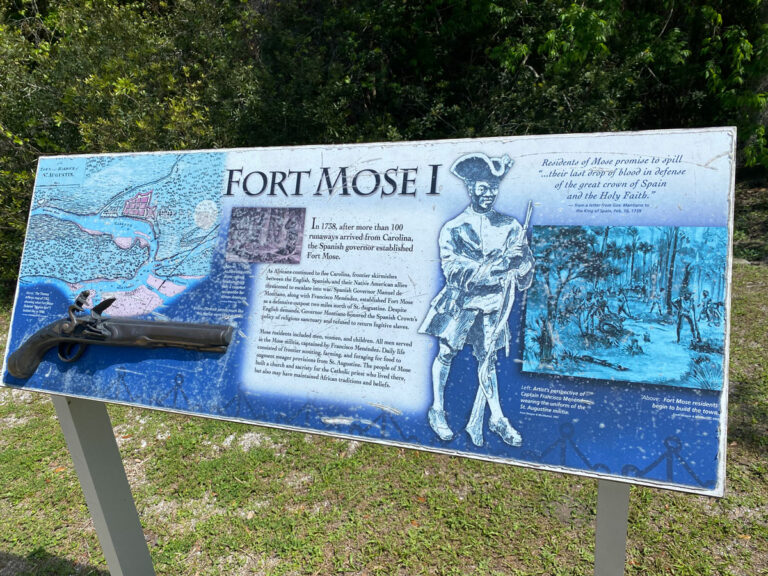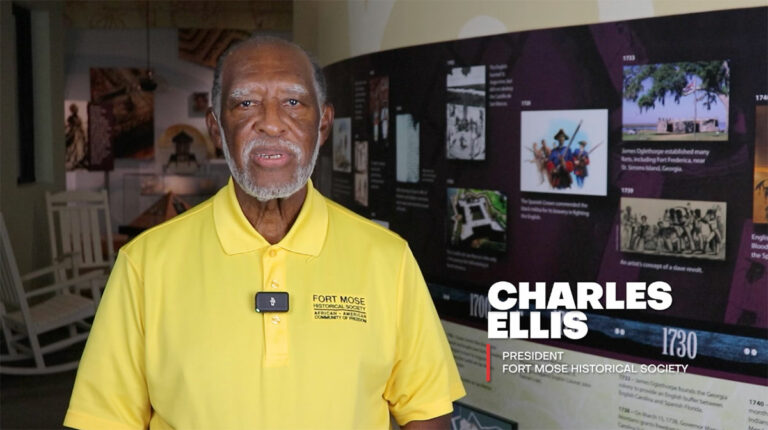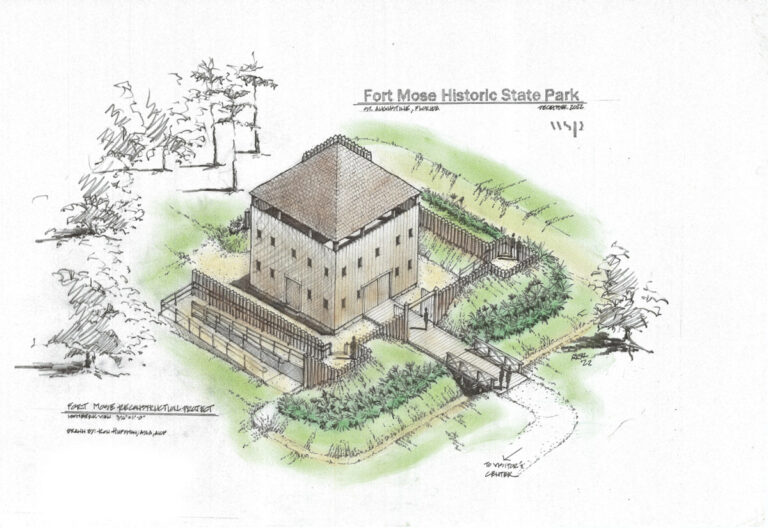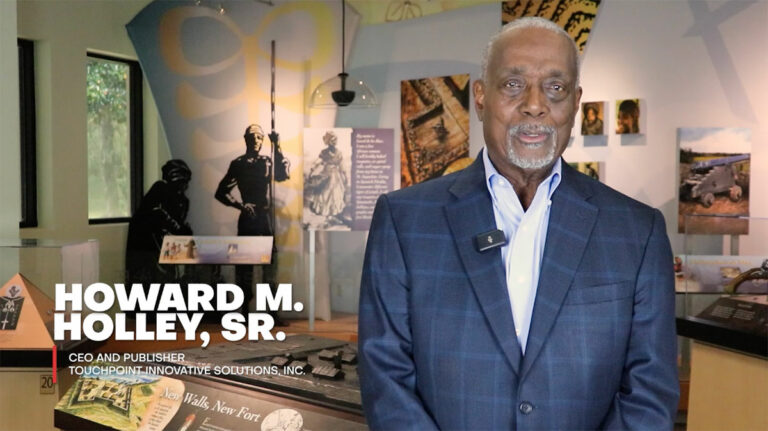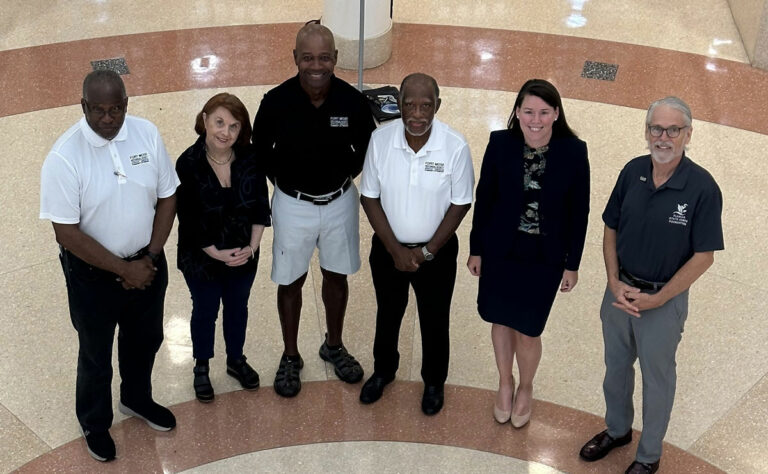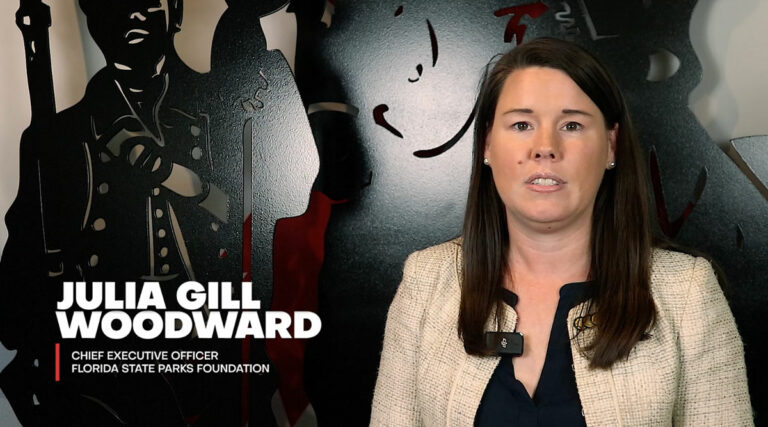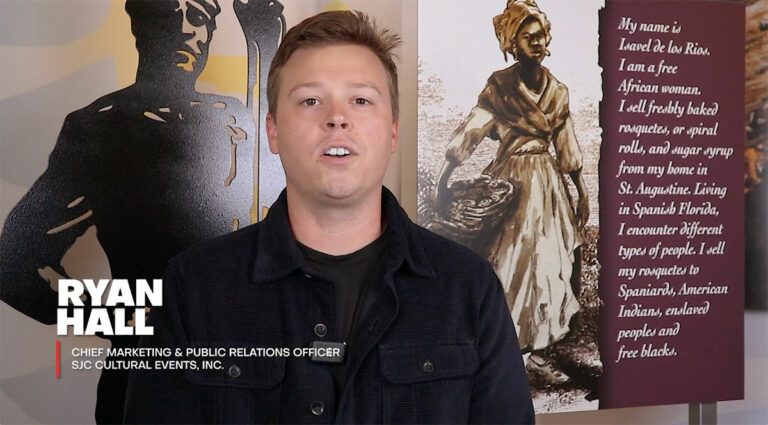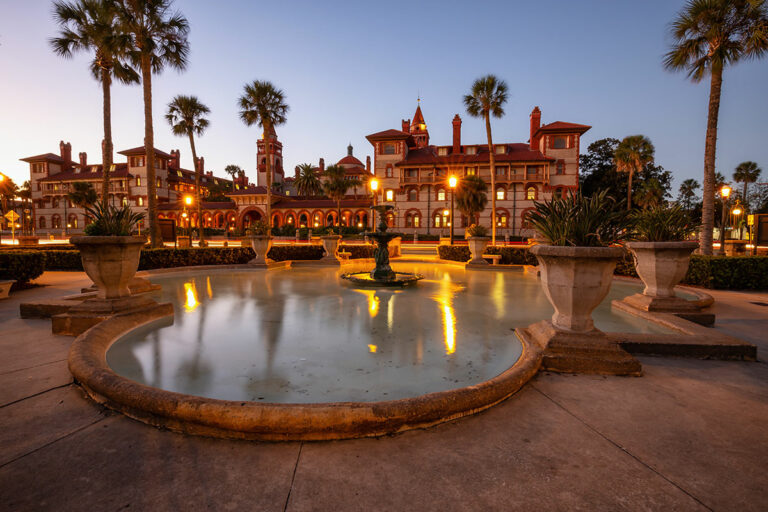A Look at the Organization that Preserves and Supports Fort Mose
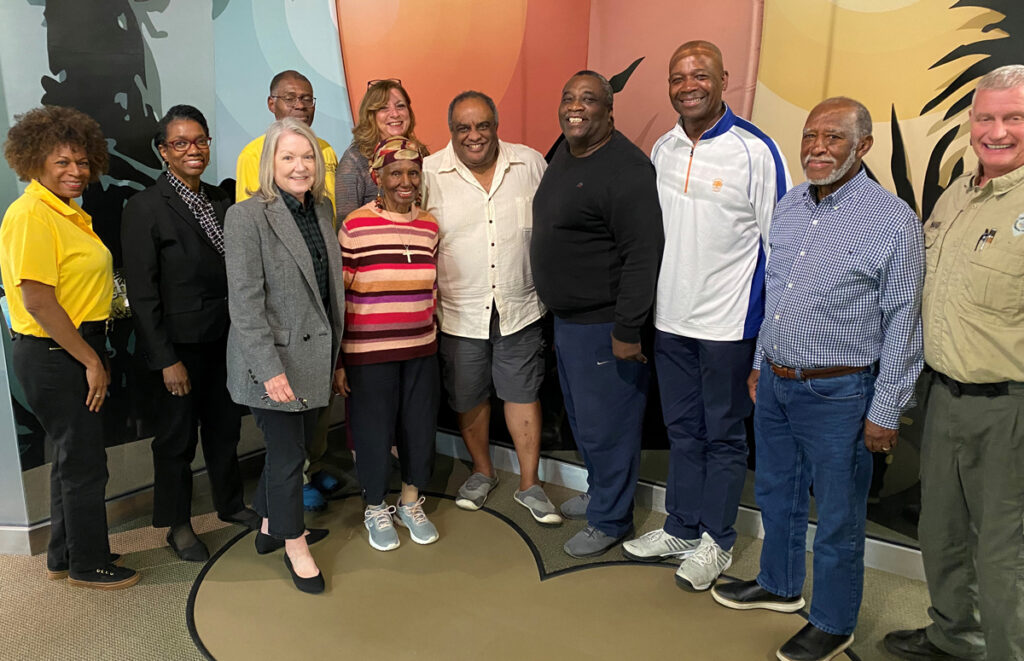
The project to reconstruct Fort Mose will stand out as a milestone for the Fort Mose Historical Society, but it will be one in a long line of achievements for the volunteer organization.
The citizen support organization was formed in 1996 after archaeological work on the site of the present-day park uncovered evidence of the 18th-century outpost, according to Thomas Jackson, a founding member of the Fort Mose Historical Society.
“When the state acquired the property, they put it in the hands of the Department of Natural Resources, the same department the Florida Park Service is under,” Jackson said. “There were a whole lot of folks who felt it was a story that needed to be told.”
Jackson said one of the first milestones in the Society’s history was when a member of the Florida Parks Service, Norm Edwards, came to St. Augustine and approached some members of the Venetian Club of St. Augustine – including Jackson – about the Fort Mose site.
“At a meeting, we voted to help support the site of Fort Mose and help the Florida Park Service interpret it,” Jackson said. “Norm Edwards brought to us the idea of a CSO.”
The citizen support organization concept was established by state statute, and CSOs operate as a quasi-governmental agency.
“The Fort Mose Historical Society was established to help oversee the site and help the Florida Park Service develop the site,” Jackson said. “We champion the site and spread the word about Fort Mose.”
Jackson said after deciding to form the Society, a steering committee was formed to put together a constitution and bylaws for the new organization. Jackson himself served as vice chair of the committee and said the group met weekly for about four months and then began to meet on a monthly basis with the new board members of the Historical Society.

On a Saturday in June 1996, members of the Fort Mose Historical Society met at the site of the present-day park to formally vote the organization into existence.
Jackson said he remembers that day and having to wear anchor boots and water-resistant equipment because the tide was coming in that day.
One of the first orders of business was to help plan what the site was going to become.
“The very beginning of it, I want to say we were starting a capital campaign to develop the site,” Jackson said. “We weren’t quite sure what it was going to be developed into.”
While the basic plan for the property was the first step, the idea of reconstructing the original 1738 fort was not far behind. According to Jackson, development planning at the state level can be complicated and lengthy.
“They have a unit management plan, a 15-year plan, but it’s redone every five years,” he said. “If what you want to do is not in the unit management plan, it’s hard to get anything done.”
By the early 2000s, as more developable properties were added to the park’s footprint, the idea of a reconstructed fort began to take shape, Jackson said.
 “Once we acquired some uplands, that is when we started thinking about something,” he said.
“Once we acquired some uplands, that is when we started thinking about something,” he said.
Along the way, there were other milestones, including the construction of the boardwalk that allows visitors to see more of the site and the building of the museum and visitor’s center where visitors can learn more about the history of Fort Mose and the people who lived there.
For Charles Ellis, president of the Fort Mose Historical Society, the reconstruction project will expand the Society’s mission of telling the story of Fort Mose to a wider public.
“Since we’ve had this social media about the reconstruction, the numbers have really increased, just by the mere fact they are seeing something happening,” he said.
Jackson said the reconstruction project will be a “capstone” in the history of the park and the Fort Mose Historical Society.
“Whenever you talk about Fort Mose, people would ask, ‘Where is the fort?’” Jackson said. “Now we can show them something. Not in the exact location, but a pretty good representation of what was there at the time.”

